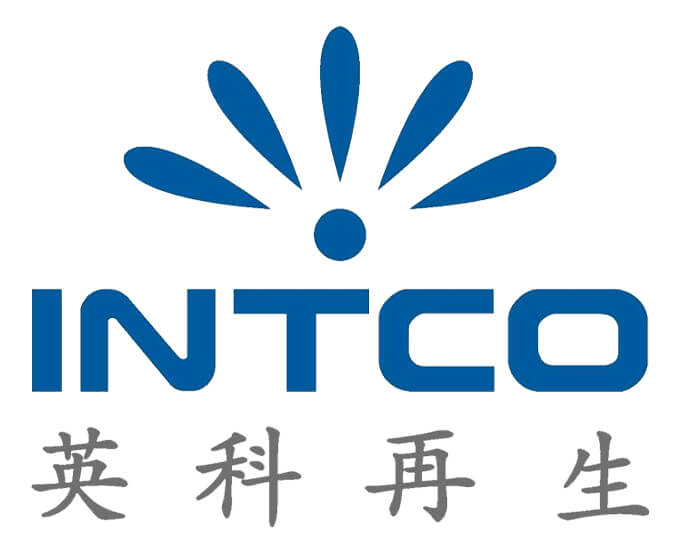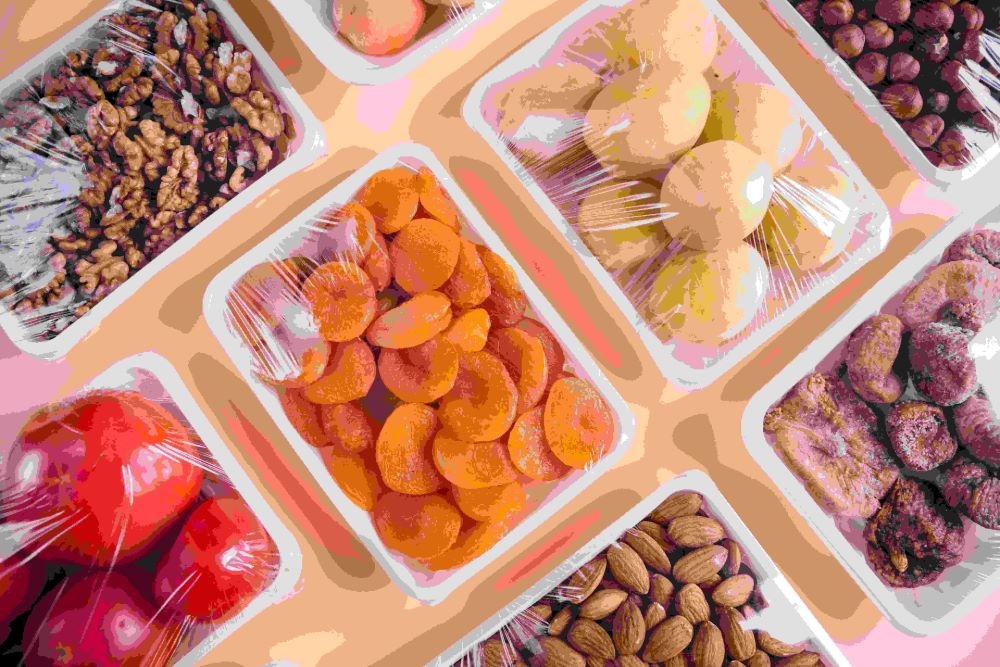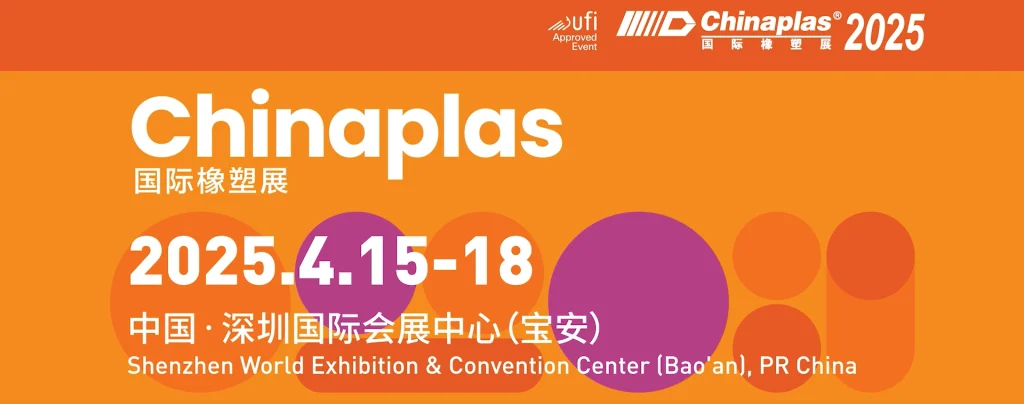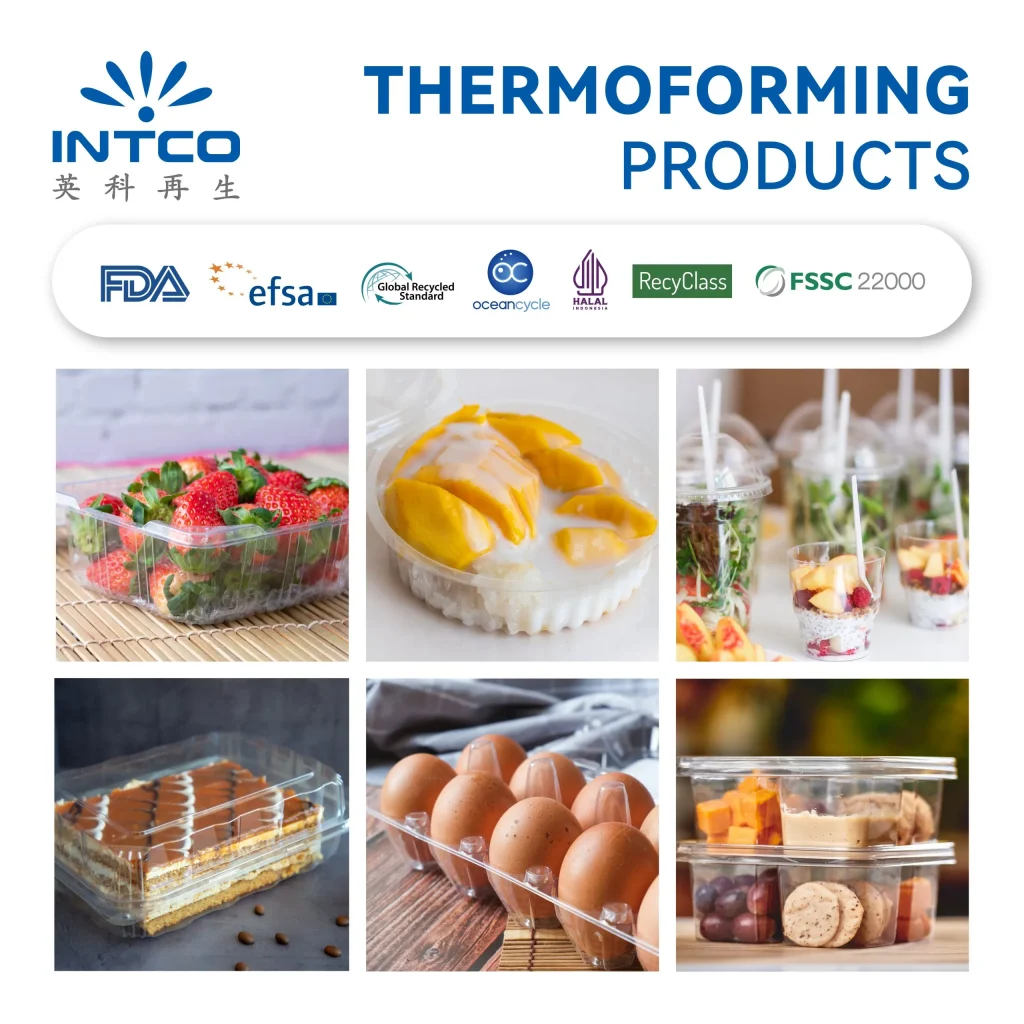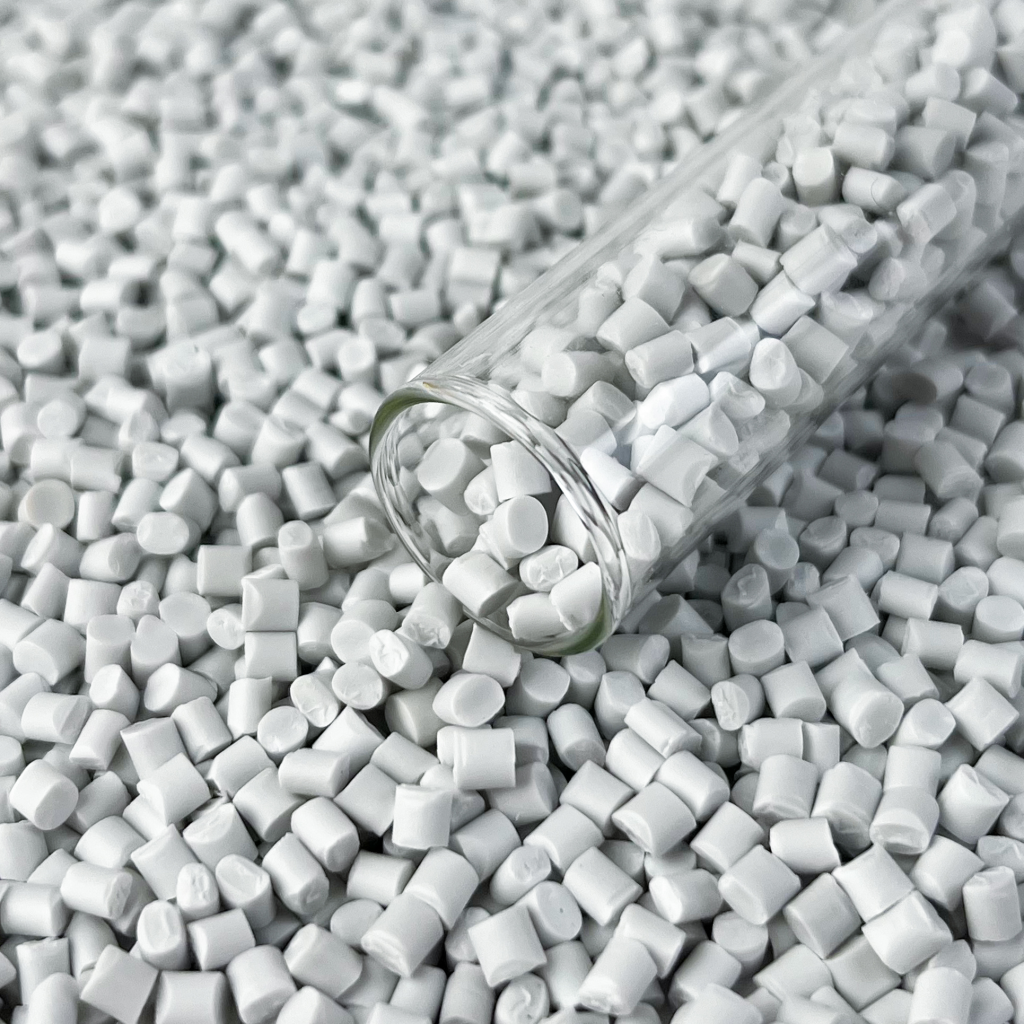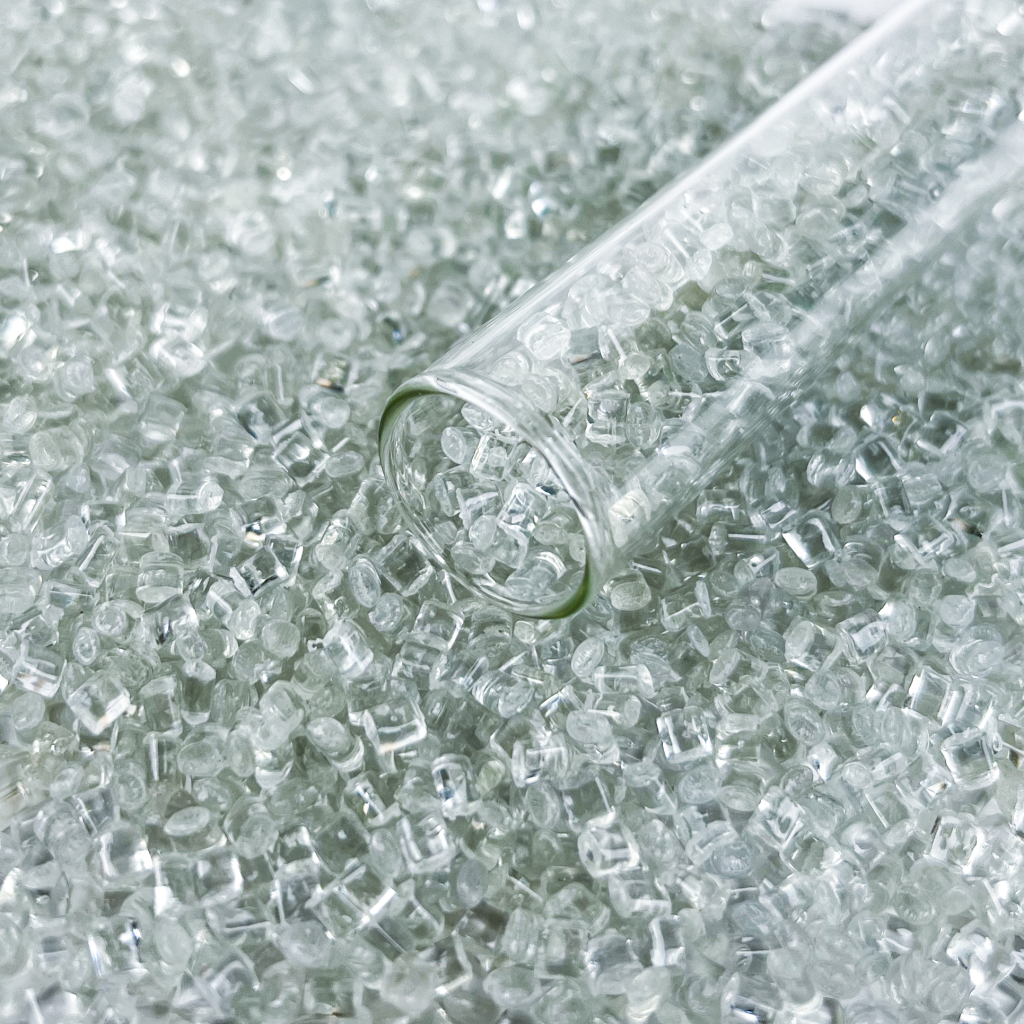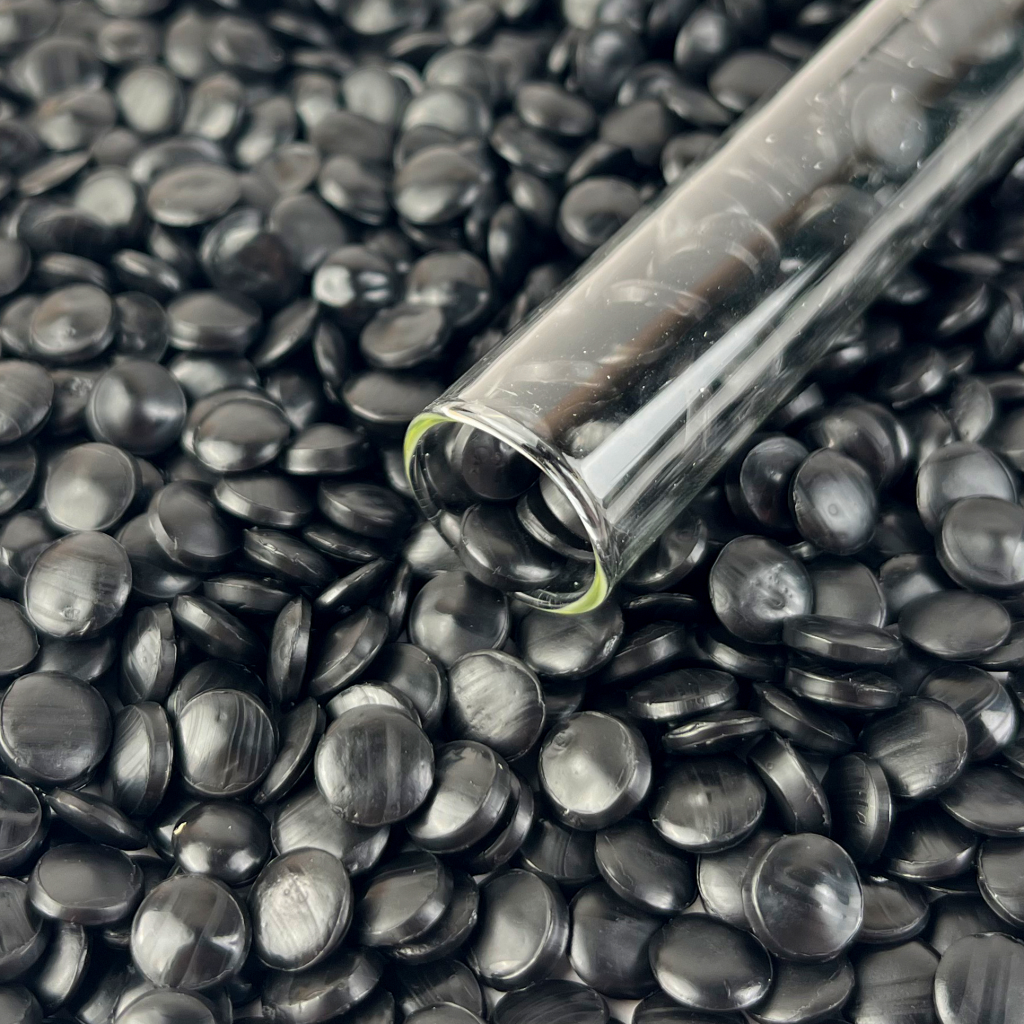When deciding which material to use for your food packaging, there are a number of considerations you should make. Obviously, you want to make sure that whatever food is inside the packaging is protected from bacteria, and microorganisms, and is not spoiled by the environment.
Moreover, it should withstand spills and not take on any of the flavors of its surroundings. In short, it should reach its destination, or the end-user, in perfect condition, without being affected.
rPET is cost-effective, tough, and resistant to all kinds of outside forces, chemicals, and smells. Let’s examine why this recycled plastic packaging has become so popular within the food industry.
rPET plastic is highly sustainable
Around the world, rPET is recognized as one of the easiest plastics to recycle. For this reason, it is widely accepted by recycling plants.
By comparison, PVC, which is also a popular choice for food packaging, has a high chlorine content. Chlorine is toxic so not as many plants are willing to process this material. With manufacturers, retailers, and consumers looking for more sustainable options, rPET has become the more viable alternative.
rPET plastic is quicker and cheaper to produce
During the molding process, rPET has one additional trick up its sleeve. It has higher thermal conductivity. What exactly does this mean? Well, it requires less heat and energy to mold into its final shape. This makes rPET more energy-efficient and also quicker to produce.
rPET is tough and durable
rPET is also slightly more durable than materials such as PVC. It can withstand UV rays, as well as other elements, which is important for packaging that is exposed to the sun. Whilst PVC is tough, it degrades when exposed to UV rays and has the propensity to become brittle. Therefore it is at risk of shattering in transit.
rPET, by comparison, is not likely to break, making it an ideal medium for food. Not only that, but rPET is better suited to higher pressure applications such as the storage of carbonated drinks and aerosols. rPET’s strength and durability make it the number one choice for a wide range of food-related applications.
rPET packaging is transparent and consumer-friendly
Food merchandisers also prefer rPET because it is significantly more see-through than PVC. Consumers like to be able to identify what they’re about to purchase and this makes rPET ideal. While a substance like the glass is also see-through, it is unsuitable for food packaging as it easily breaks and can cause injury.
rPET is light as air and easy to transport
Finally, rPET is significantly lighter than PVC. Whilst a few grams may seem negligible, heavier containers require more fuel to transport. Costs quickly mount when you’re dealing with millions of containers per day.
If you’d like to find out how rPET plastics can aid your company and meet all of your food packaging needs, visit our website today.
